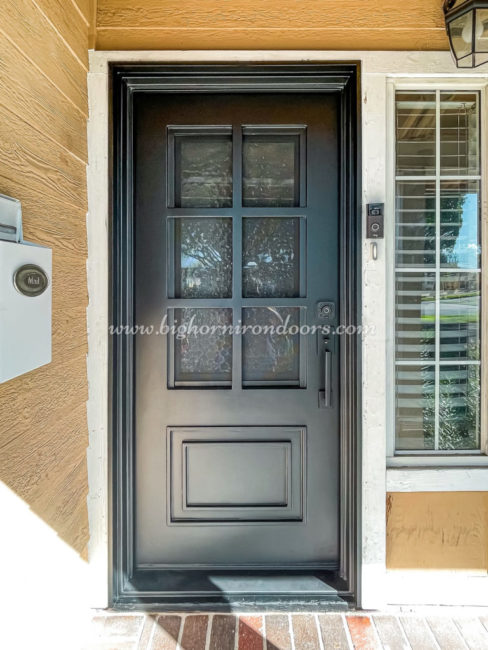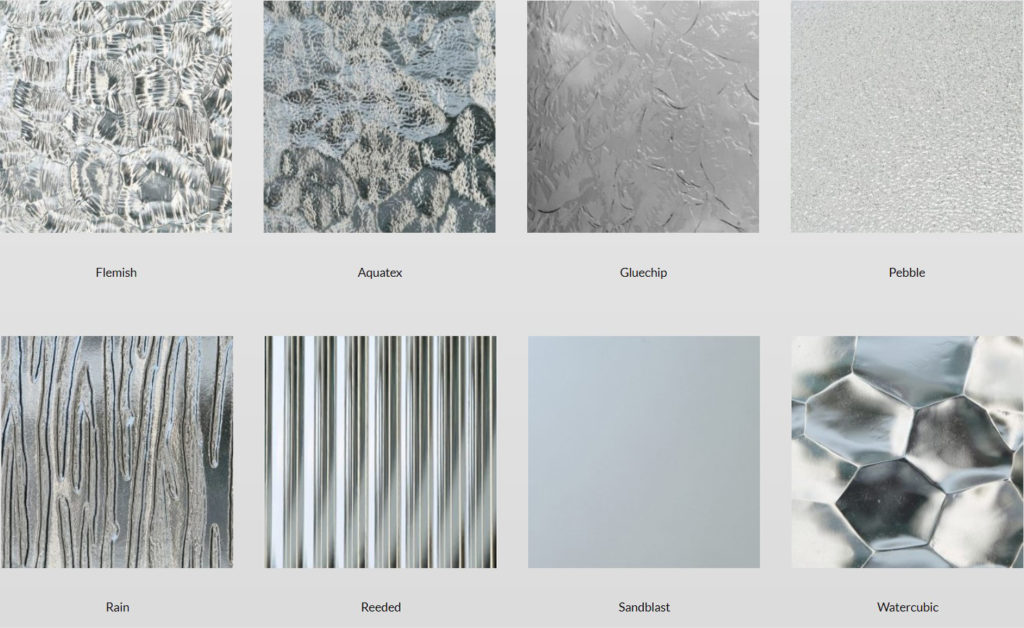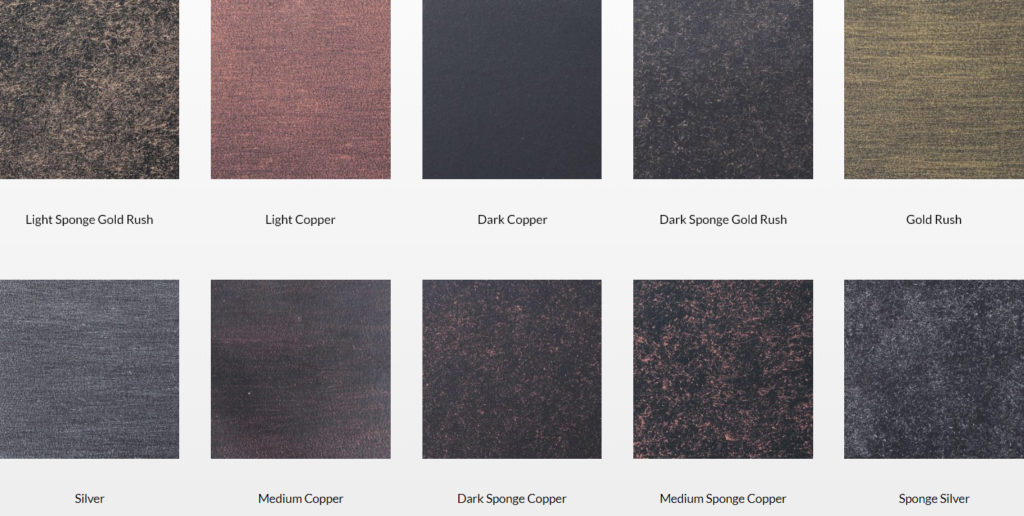Industrial interior design has already proven to be a standout among 2022’s design trends. This isn’t too surprising. Industrial design has been popular for years and doesn’t seem to be going anywhere any time soon. The reason? Everyone can find something they love in an industrial interior, whether it’s the ultra-chic style or the raw and gritty elements. If you’re not familiar with this particular interior design style, here’s your quick guide to industrial interior design, its history, and what sets it apart.
The History of Industrial Design
The history of industrial interior design begins in the 1760s during the Industrial Revolution. This is when large factories were being built to mass-produce goods across Europe and the United States. These factories tended to have lots of natural light, open plans, lofted floors, and exploded brick walls. Though some of these features were for safety purposes, they’ve proven to have immense aesthetic potential.
The Second Industrial Revolution a century later popularized the use of materials like concrete and steel, which are key materials in the industrial style we see today. It wasn’t until the housing shortages of the 2000s that industrial interior design began getting the attention it has today. During this period, factories in major cities were being converted into lofts in response to the housing shortages. Industrial design has had another resurgence recently, thanks to the rise of minimalism in suburban homes.
Important Elements of Industrial Interior Design
There’s more to industrial design than just concrete and exposed brick walls. For your convenience, here are a few key elements that distinguish industrial interior design from other styles and aesthetics.
Natural Light
Natural light is a component of any trendy industrial space, as it can make any interior look more open and inviting. You can allow more natural light into your home by purchasing sheer curtains, doors with glass panes, and large windows.
Cozy Textiles
Cozy textiles like linen and weathered leather offer the perfect balance to some of the grittier elements of industrial design, such as the use of graphic lines and repurposed materials. You can work in these fabrics through pieces of furniture or simple accents.
Neutral Colors
You won’t find tons of color in industrial spaces. Industrial is a rather minimalist style, which equates to using lots of browns, blacks, grays, and whites.
Exposed Architectural Materials
Leaving certain architectural materials exposed may be the most unique element of industrial design. This could mean having visible ductwork and industrial pipes or using concrete floors. These things can make a space look so chic and effortlessly cool. Of course, there are other ways of incorporating elements of steel and iron into your home without leaving pipes exposed.
Order Steel Doors That Complement Your Industrial Aesthetic
One of the most effective ways of transforming your home’s aesthetic is with a front door upgrade. You can find industrial-style steel French doors, pocket doors, pivot doors, and more at Bighorn Iron Doors. As the largest distributor of iron doors in the United States, we carry a diverse selection of secure and durable doors that you can view in our gallery.
If you don’t think industrial is the right design style for your home, we also offer multiple contemporary and Art Deco-style doors. No matter what door you choose, you’ll enjoy free local delivery and a 100% satisfaction guarantee. If you need help placing an order or have any questions for us, please contact us by calling (833) 811-7199, emailing sales@bighornirondoors.com, or filling out our online inquiry form.




